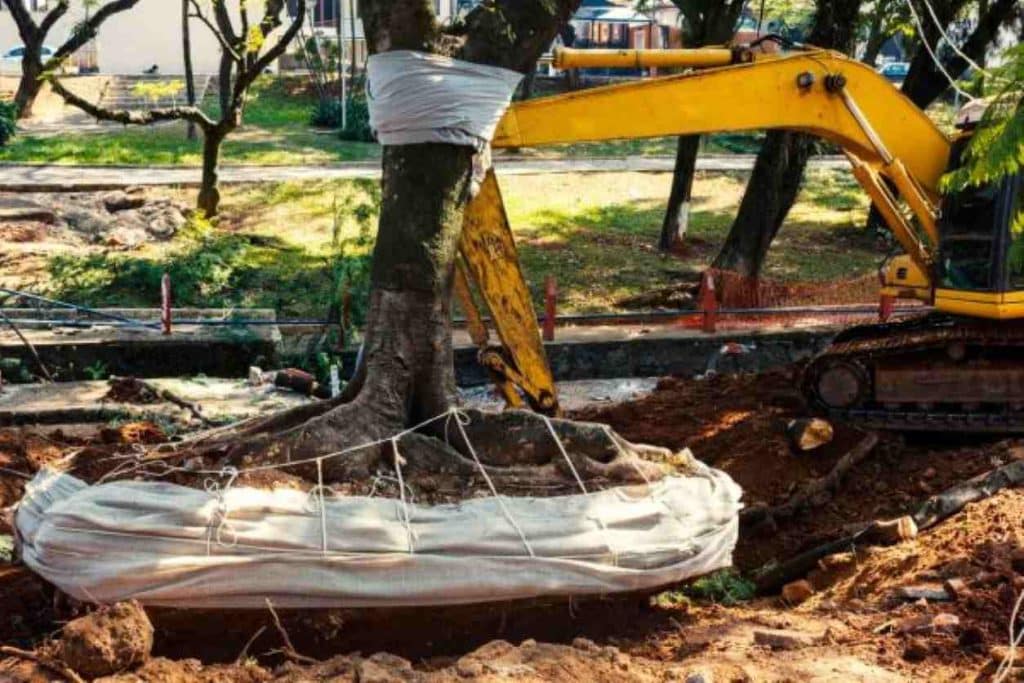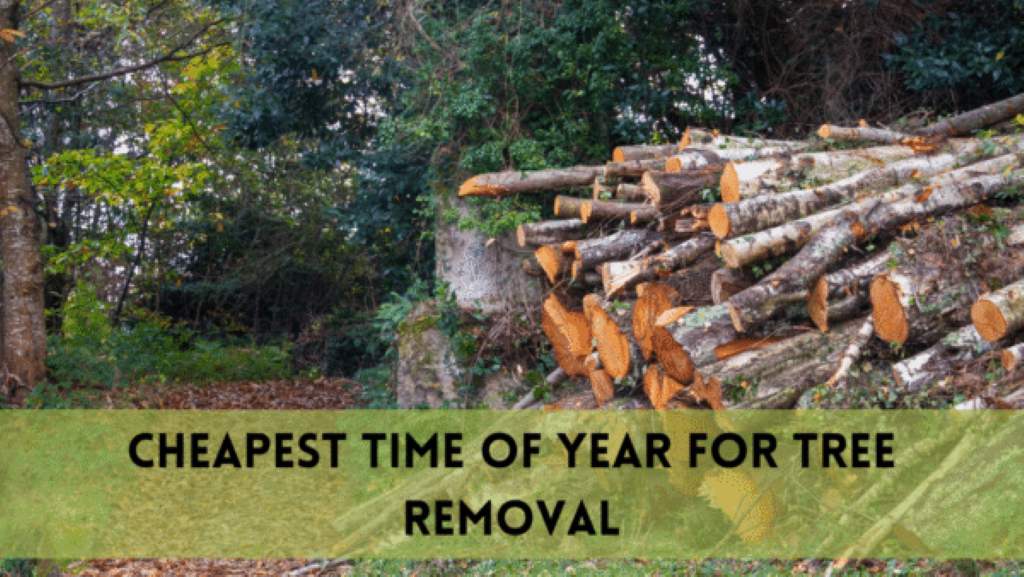Towering to great heights and covered with luscious fronds, palm trees are a symbol of tropical splendor. On the other hand, there may come a day when you have to say goodbye to a palm tree on your land. Whether due to disease, safety concerns, or a change in landscape design, understanding how to remove a palm tree properly. Removing a palm tree is a work that requires care and precision to ensure safety and prevent damage to surrounding structures.
Recognizing the Need for Removing a Palm Tree
It is crucial to find out the reasons behind your choice to stop doing what you have been doing before beginning the process of removing a palm tree. Do you discover that your possessions are being harmed by the roots?
Is there a disease affecting the tree that might harm other plants? Understanding the fundamental cause will help you guide your strategy and decide whether or not removal is the best course of action.
Getting the Correct Tools For Palm Tree Removal
Because of this, it’s time to gather the tools needed to remove the palm tree now that you’ve decided to do so. You will need a strong ladder, pruning shears, a chainsaw, a shovel, and safety gear, including gloves and eyewear, to complete the work. Having the right tools on hand will make the removal procedure safer and more efficient, without a doubt.
Selecting the Appropriate Time to Remove a Palm Tree
Time is important when it comes to palm tree removal. The best time to finish this task is during the tree’s dormant season, which is often late fall or early spring. As a result, the tree is not as stressed and there is less chance that the sickness would spread. If you choose a day with mild conditions and quiet weather, it will also be simpler to manage.
Evaluating the Health of the Palm Tree
Before you start the removal process, you should do a thorough examination of the palm tree’s health. Investigate the possibility of any signs of sickness, vermin infestation, or damage to the structure. With the help of this examination, you will be able to determine the most secure way of removal and determine if any further safety precautions are necessary.
Setting Up the Space
To provide a safe working place, clear the area surrounding the palm tree. Eliminate any obstructions, such as furniture, decorations for the garden, or other plants. This lowers the possibility of mishaps during the removal procedure and guarantees you plenty of space to move about.
Steps: How to Remove a Palm Tree
1. Cutting Off the Fronds
To begin, cut the fronds of the palm tree making use of either pruning shears or a chainsaw. Not only does this make the tree simpler to handle, but it also reduces the likelihood that the removal process will result in any incidents of injury.
2. Eliminating the Fruit and Flowers
Be sure to get rid of any fruit or blooms that your palm tree produces in order to prevent seeds from spreading and to reduce the amount of work that will be required to clean up the area in the future.
3. Cutting the Palm Tree Down
Cutting down the tree is something that has to be done now that the fruit, blossoms, and fronds have been taken off. It is recommended that you use a chainsaw to make a horizontal cut as close to the ground as possible. Once that is complete, you will be left with a stump that may be dealt with in the next stages.
4. Handling the Stump
There are a few ways you may deal with the stump, depending on your preferences and the size of the tree. It can be completely removed, ground down, or left as a natural feature. The technique of choice for a smooth and effective finish is frequently grinding.
Elimination and Trash after Palm Tree Removal
After the palm tree is taken down, the cleaning may begin. Get rid of the tree’s material properly by recycling it or using a local rubbish removal agency. Make sure there are no remaining wood chips in the vicinity if you have chosen to grind your stump.
Advice and Safety Measures for Removing a Palm Tree
Put on protective gloves: Wear protective gear at all times, such as goggles and gloves, to shield yourself from potential harm.
Protect the Space: To avoid mishaps, keep onlookers a safe distance away and protect the workspace.
Observe Local Laws: To make sure you abide by any local laws pertaining to tree removal, check with the authorities in your region.
Conclusion
Although it may seem like a difficult undertaking, learning how to remove a palm tree can be a simple and satisfying procedure if you have the correct equipment, time, and attitude by assessing the tree’s condition, clearing the space, and adhering to a methodical removal procedure, you’ll improve your property’s security and make way for fresh landscaping ideas.
FAQs
Why would removing a palm tree be necessary?
There are a number of reasons, including illness, worries about safety, or modifications to the landscaping design. Your decision to cut down the tree will be guided by precisely identifying the problem.
What time of year is ideal to get rid of a palm tree?
The best seasons to remove a tree are in the autumn or early spring when it is dormant. Select a day with moderate weather and peace of mind to ensure a seamless process.
What equipment is required to remove a palm tree?
A chainsaw, pruning shears, shovel, safety equipment (goggles and gloves), and a robust ladder are all necessary. A safer and more effective removal is ensured by having the proper equipment.
After I chop down the palm tree, may I leave the stump?
The stump can be completely removed, ground down for a smoother finish, or left in place for a more natural appearance. The decision is based on your taste and the tree’s size.
How should I properly dispose of the trash from palm trees?
Get rid of rubbish by recycling it or using a local waste removal service. Make sure there are no wood chips left in the vicinity if you have chosen to grind down the stump.




